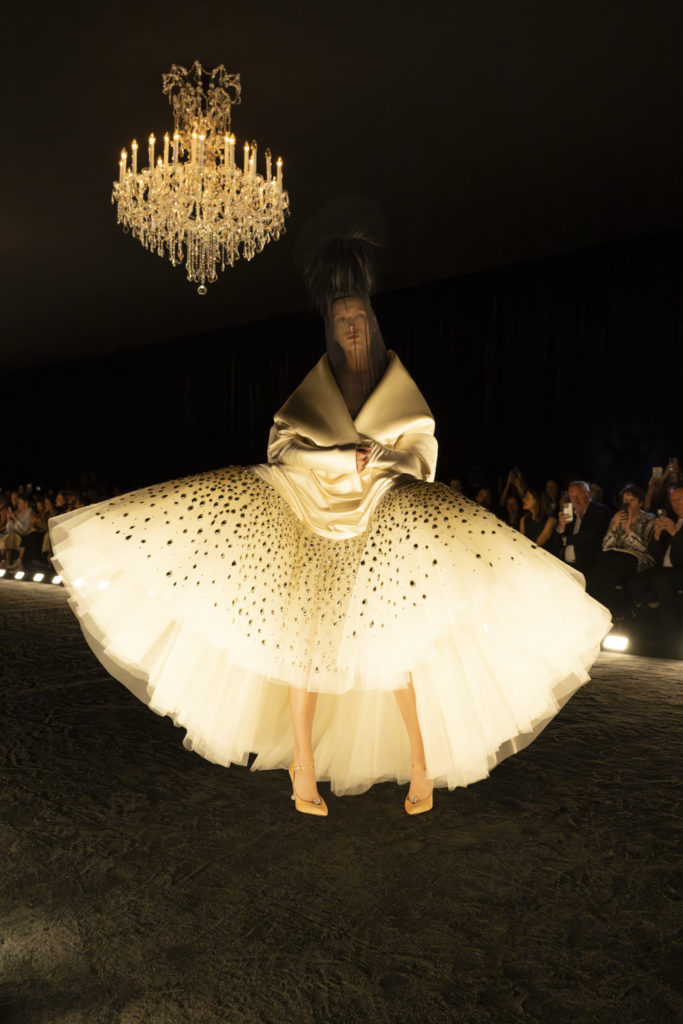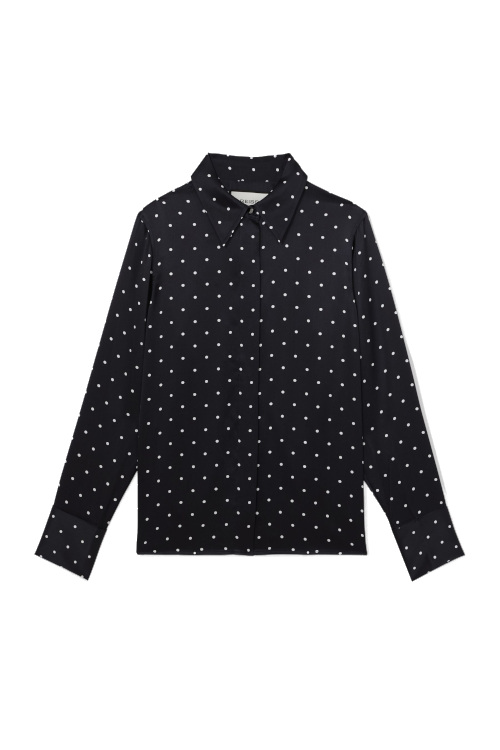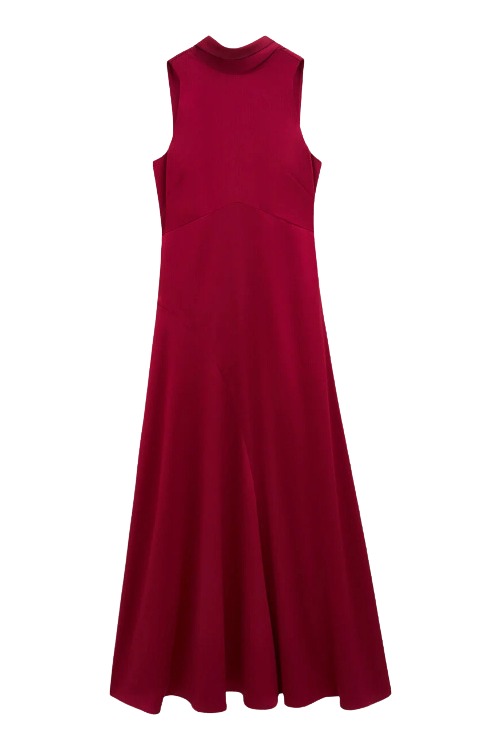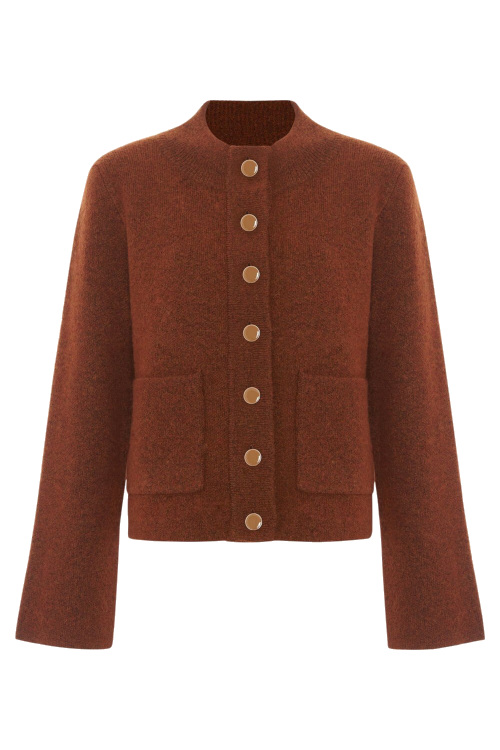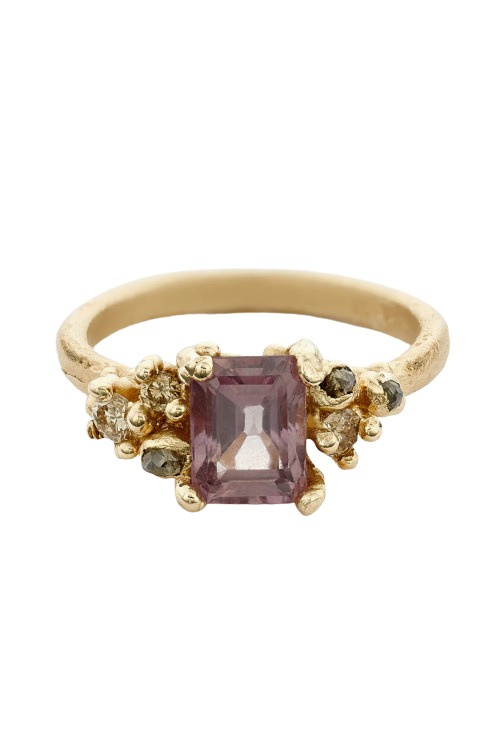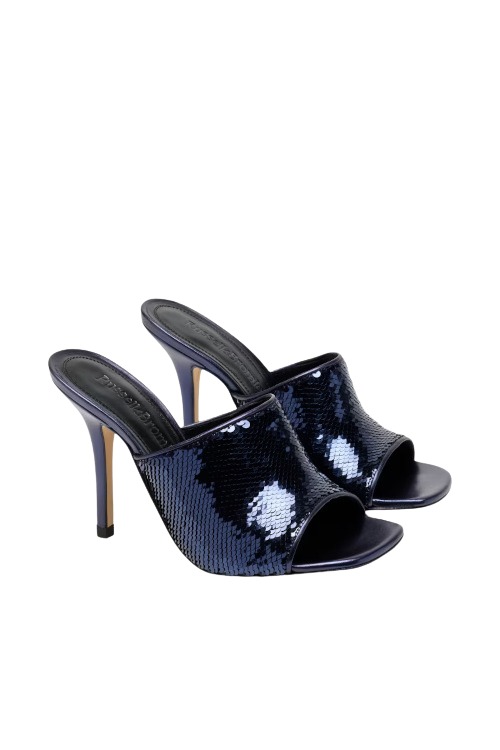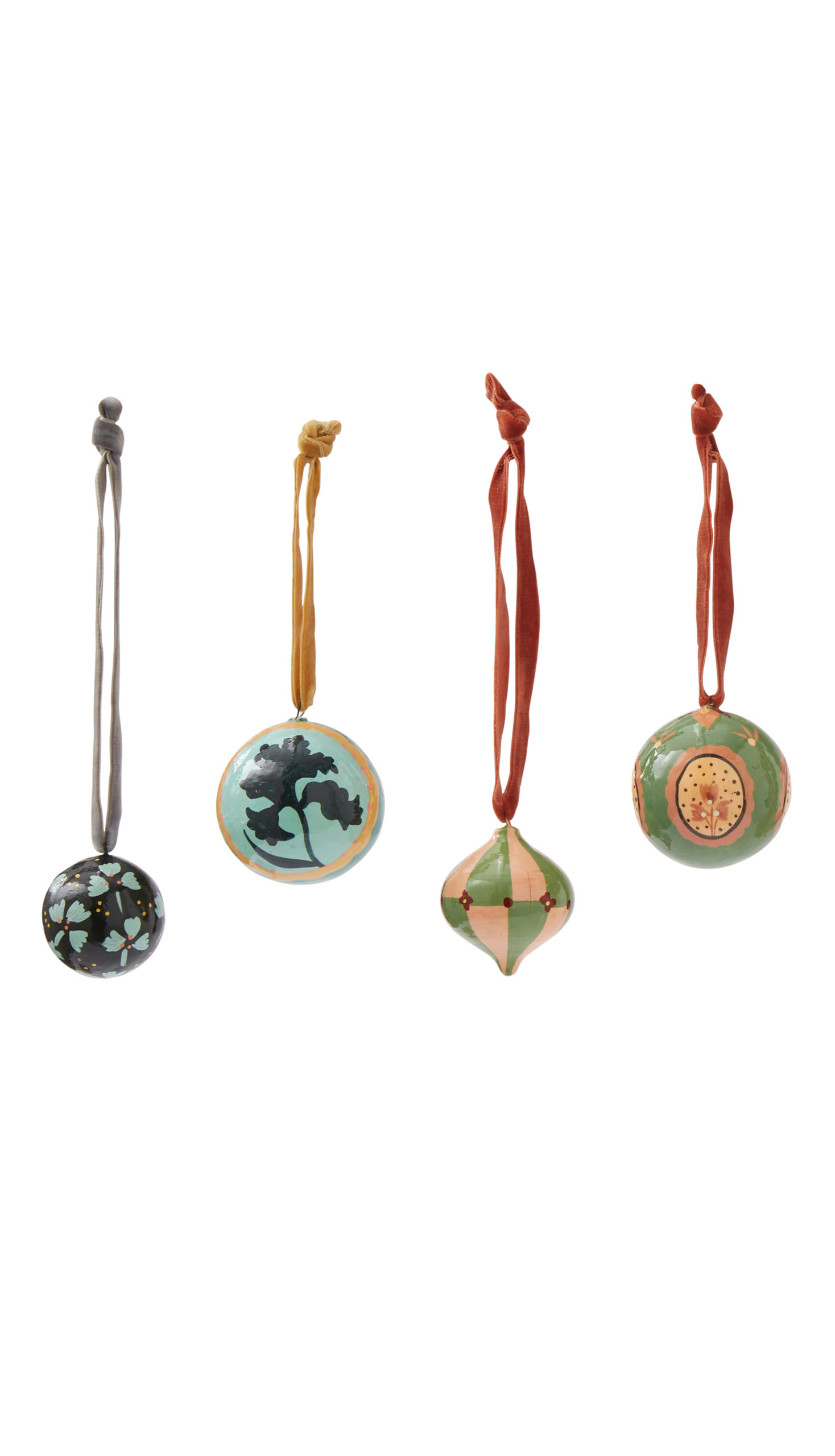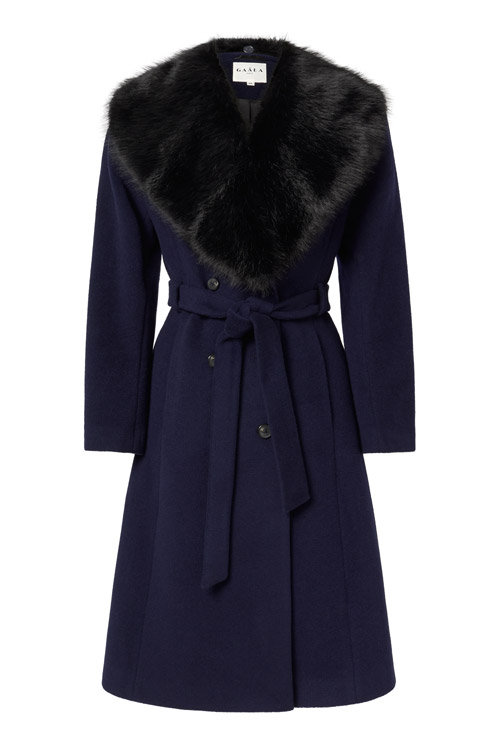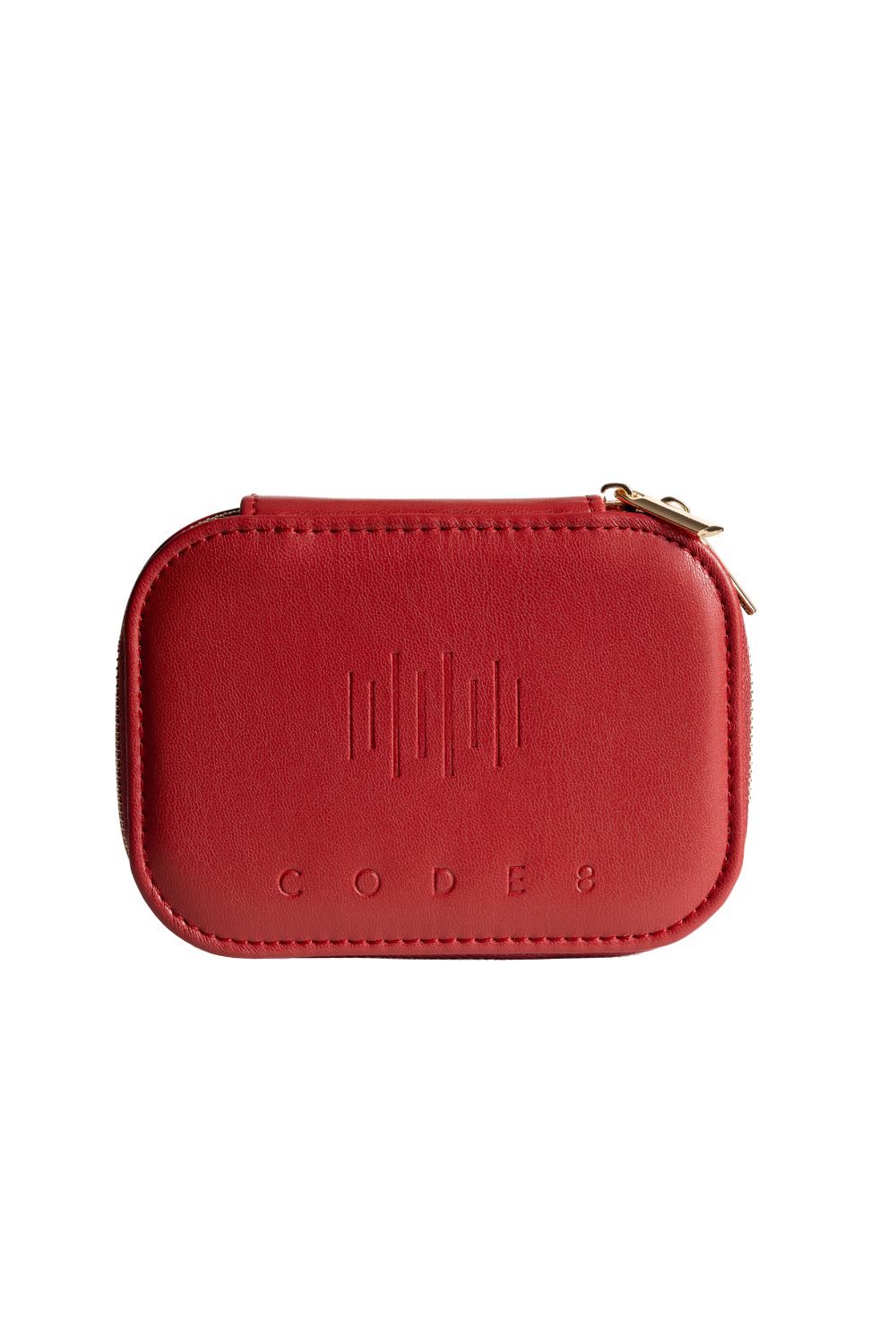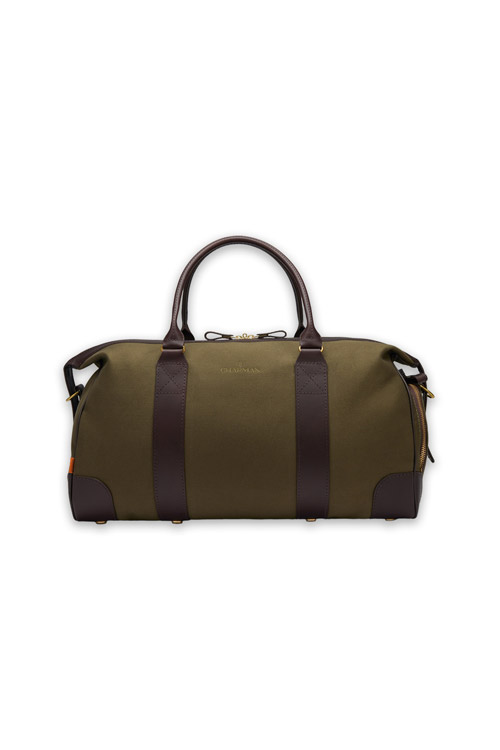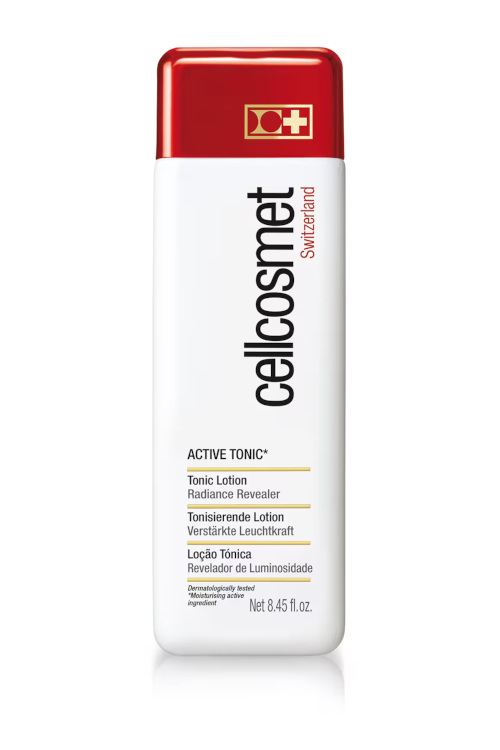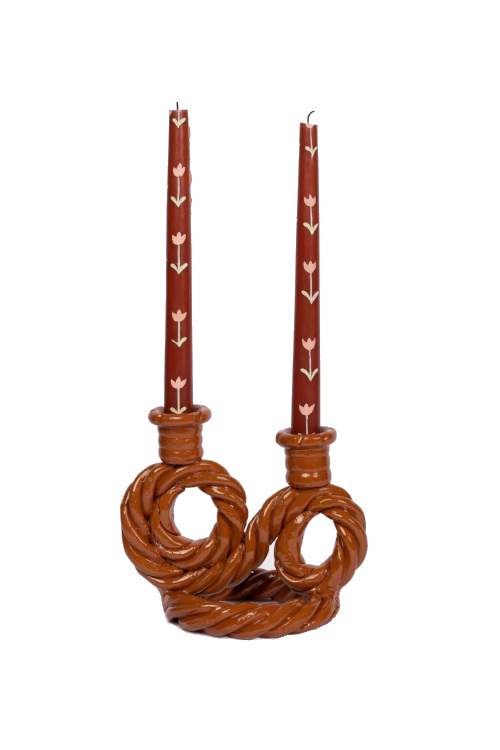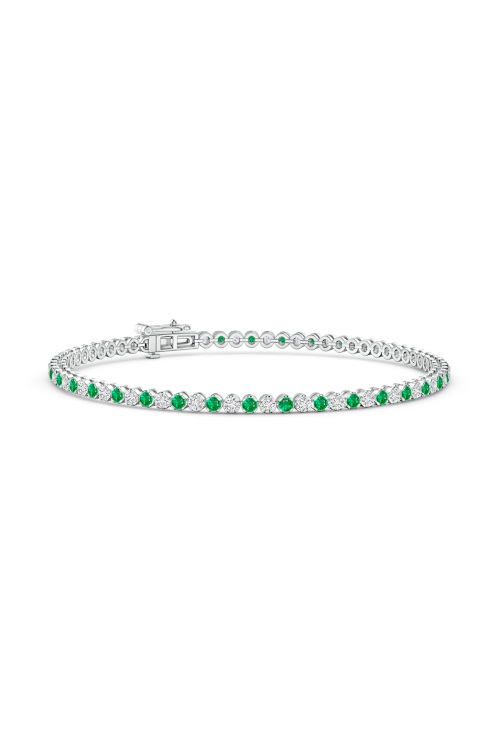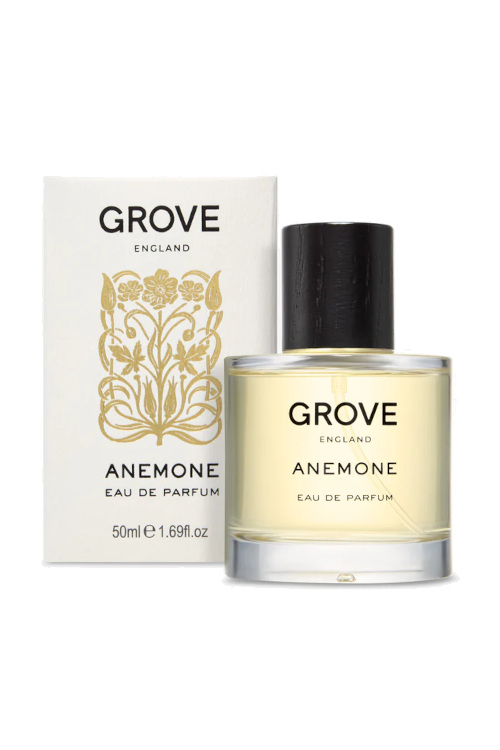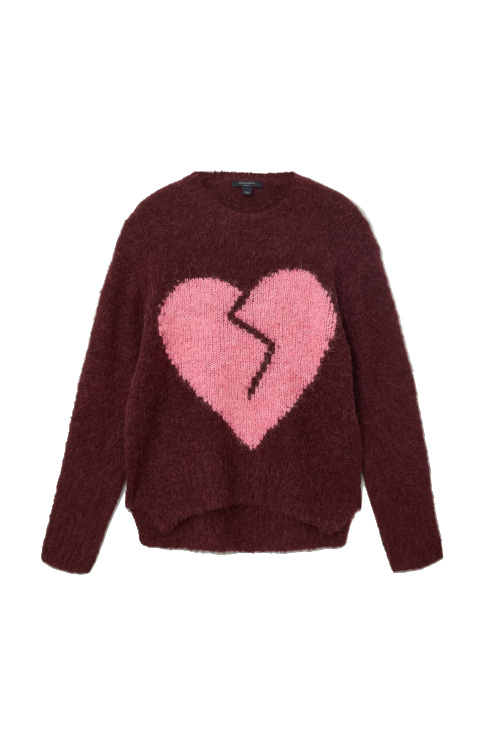
Farm To Fashion: How Bananas Became The Next Big Thing
By
5 months ago
Designer Sarah Angold shares how banana farming is paving the way for sustainable textile alternatives
Sarah Angold turned away from celebrity to create an alternative to cotton, raising thousands of banana farmers out of poverty in the process. Lisa Grainger reports.
Sarah Angold On Banana Fashion & Founding 29Acacia
Bananas are not something Sarah Angold ever expected to become an expert on. The 42-year-old had previously been a jewellery designer whose pieces had been worn by Kim Kardashian and Cara Delevingne. She was a textiles expert, with a masters from the Royal College of Art. She’d overseen exhibitions for the Design Museum and created car interiors for Toyota in Japan.
And then came a growing sense of unease. Like many of us during Covid, she suddenly had time to consider her choices in life – and think about the state of our planet. ‘When there is so much shit going on in the world, it comes into focus that solving a celeb’s red-carpet look really isn’t of global importance,’ she says. ‘I started to feel that you had to be insane to work in the fashion industry – and, if you did, you had to have an irrational love for the game.’ And like many of her contemporaries, she adds: ‘We started to experience extreme guilt about the thing we loved. It was like a dysfunctional relationship. It felt upsetting. Eventually I realised I couldn’t be part of it unless I was part of the solution.’

Sarah Angold and C&TH Editorial Director Lucy Cleland
Like many women with small children who’d previously had careers, she’d also begun to feel a loss of identity and purpose. Her jewellery had been sold in famous stores internationally, but was never going to provide her with a regular income. And while her creativity had been ‘harnessed to solve material challenges’ for artists from Grayson Perry to Yinka Shonibare, she didn’t have the tools, she felt, ‘to understand how the world works. If you want to figure out the landscape in which the climate crisis and humanitarian crisis lie, you have to understand finance, economics and policy. And I didn’t. I began to realise that a lot of women my age were in theory successful, but at what? We were all thinking: “What the fuck is this? Our world is broken but we don’t know how to fix it.” I needed to change that.’
So, bit by bit, she set to work – over six years – to expand her knowledge. Her first step was to do a course in sustainability at Cambridge. Then she started sustainability supper clubs, inviting experts to come together over Zoom and talk, ‘from MPs to economists to people in the UN’. She enrolled in a course on finance and policy, which resulted in her writing a chapter in a book about sustainable governance in the fashion industry. And finally, she went on a venture builder programme, run by an impact fund called Zinc, that invests in solutions on the climate. ‘They pay 70 people to sit in an office and come up with solutions to shit.’
It was there – in a situation she describes as ‘a sort of Apprentice meets Love Island’ – that she met the 25-year-old Varun Raheja, who would become her business partner of their joint venture 29Acacia. The Indian entrepreneur was on a mission to try to lift farmers in his country out of poverty and had already successfully founded a business drying fruit that couldn’t be sold at market. And he had another idea of how to use fruit trees, but this time to make fashion, which was Angold’s area of expertise.

Sarah Angold and Varun Raheja
Banana plant stems, Angold soon learned from him, only bear fruit once – and then are chopped down. Although in some parts of the world fibres from the banana trunk had been used to make mats and baskets, no one had successfully created machinery and ecological softeners to turn them into thread for clothing. So once the plant had fruited, the plant stems were cut and burned, producing an estimated 315 tonnes of waste globally.
Today, two years later, the two founding partners of 29Acacia (named after the address of The Beano comic book character Bananaman, who lived at 29 Acacia Road) haven’t only developed a way to transform banana trees into thread, but to do it in the most efficient, environmentally friendly way possible. First, the duo developed a simple-to-use, solar-powered, mobile-phone-controlled decorticator machine that fits on to the back of a truck. This can be taken to farms to macerate the tree trunk, leaving the farmers with only compostable waste – and payment for the extracted fibres.
Then they perfected an enzyme mix to break the fibres down and soften them, so they could be spun into a cotton-like thread that’s pliable, hardwearing and can be dyed, and washed in the same way. Compared with cotton, whose production requires huge tracts of land and water (about 2,700 litres for one T-shirt), ‘our fibre has one-tenth of the carbon footprint, uses one-hundredth of the water, and zero extra land and insecticide,’ Angold says, proudly. And on top of that, she adds, by giving the farmers an additional fee for their fibres, ‘we think we can raise 100,000 of them out of poverty in five years’.
Excitingly, in April she wore the company’s first pair of jeans made from banana fibres to Kingpins, the international denim conference. And Arvind, which makes denim for brands from Gap to Ralph Lauren, has agreed to trial the thread in their mills.

29Acacia macerates the trunks of banana trees before softening the fibres so they can be spun into a cotton-like thread
In the next six months, the duo hopes to make about half-a-million metres of 20 different types of fabric, and get them formally approved and trademarked so they can roll out the business internationally. While currently their banana-fibre thread is not as cheap as organic cotton, it should be once they’ve scaled up the process, Angold says.
And if that works, they can start to look at other crops that have dual use. ‘With bananas, you get fruit and fibre. And that’s crucial. Right now, we use land, water and energy for fashion while local populations starve. Who wants that?’
Plus, she adds, global fashion produces about 3.3 billion tonnes of CO2 a year – and most of that comes from producing fabric. More than 16 per cent of all insecticides are used on cotton and 300 million trees are cut down annually to make viscose – a third of them from endangered forests. ‘If we just used bananas, we would have none of those problems,’ she adds. ‘And they’re the most popular fruit on earth. So it’s a no-brainer.’



